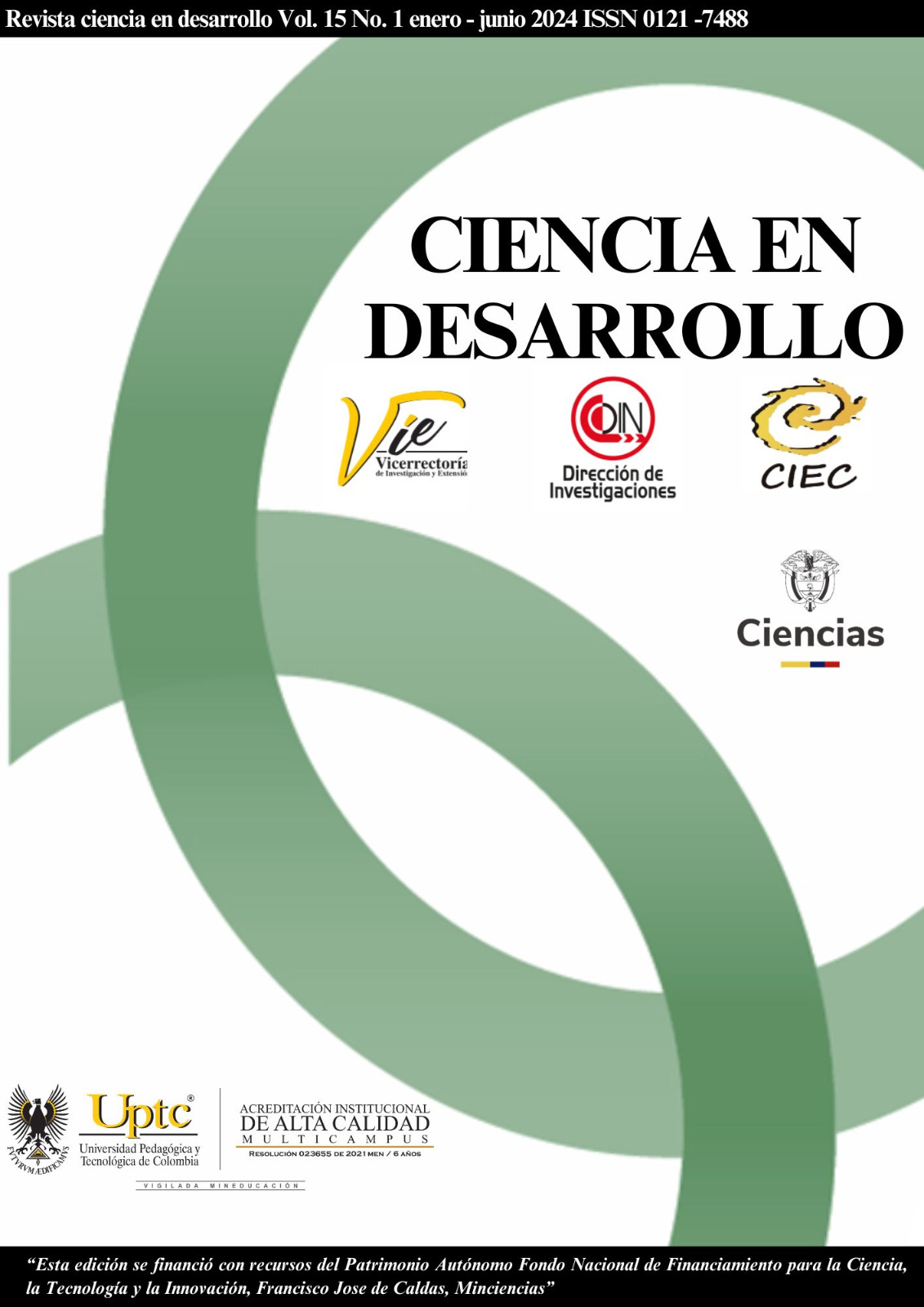Exploring the Antibacterial Potential of Platymiscium pinnatum

Abstract
Antibiotic resistance is a growing concern worldwide, necessitating the exploration of alternative antimicrobial agents. Platymiscium pinnatum (Jacq), a tree belonging to the Fabaceae family, has traditionally held medicinal value, especially in the form of leaf infusions for treating skin and eye infections. This study delves into the antibacterial potential of the ethanolic extract obtained from the bark of P. pinnatum. Using the established Kirby-Bauer agar disk diffusion method, the antibacterial activity of the extract was assessed against both Gram-positive and Gram-negative bacteria. Results indicated a pronounced inhibitory effect on several Gram-positive strains, with Staphylococcus aureus demonstrating the highest susceptibility. This signifies the potential of the extract as a therapeutic agent against infections caused by Gram-positive bacteria. On the contrary, the bioactivity of the extract was comparatively limited against prominent Gram-negative strains, such as E. coli and Pseudomonas aeruginosa. The differential activity between Gram-positive and Gram-negative bacteria could provide insights into the mode of action or specific compounds within the extract. The distinctive antibacterial properties of the P. pinnatum bark extract highlight its potential as a source for developing novel antimicrobial agents. These findings pave the way for further phytochemical analyses and studies to understand the specific bioactive components responsible for the observed effects.
Keywords
Bacterial infections, biological resources, medicinal plants, natural remedies
References
- C. L. Ventola, "The antibiotic resistance crisis: part 1: causes and threats," P T, vol. 40, no. 4, pp. 277-83, Apr 2015.
- D. J. Newman and G. M. Cragg, "Natural Products as Sources of New Drugs over the Nearly Four Decades from 01/1981 to 09/2019," Journal of Natural Products, vol. 83, no. 3, pp. 770-803, 2020, doi: 10.1021/acs.jnatprod.9b01285.
- M. Murphy-Cowan, "Plant Products as Antimicrobial Agents.," American Society for Microbiology, vol. 12, no. 4, pp. 564 - 582, 1999, doi: https://doi.org/10.1128/CMR.12.4.564.
- N. Hernández, M. L. Tereschuk, and L. R. Abdala, "Actividad antimicrobiana de flavonoides en plantas medicinales de Tafı́ del Valle (Tucumán, Argentina)." Revista de Etnofarmacología, vol. 73, no. 1-2, pp. 317-322, 2000, doi: https://doi.org/10.1016/S0378-8741(00)00295-6.
- A. Borges, A. Abreu, C. Dias, M. Saavedra, F. Borges, and M. Simões, "New Perspectives on the Use of Phytochemicals as an Emergent Strategy to Control Bacterial Infections Including Biofilms," Molecules, vol. 21, no. 7, p. 877, 2016, doi: 10.3390/molecules21070877.
- N. Vaou, E. Stavropoulou, C. Voidarou, C. Tsigalou, and E. Bezirtzoglou, "Towards Advances in Medicinal Plant Antimicrobial Activity: A Review Study on Challenges and Future Perspectives," Microorganisms, vol. 9, no. 10, p. 2041, 2021, doi: 10.3390/microorganisms9102041.
- A. Harvey, "Estrategias para el descubrimiento de fármacos a partir de productos naturales previamente inexplorados.," Descubrimiento de drogas hoy, vol. 5, no. 7, pp. 294-300, 2000, doi: https://doi.org/10.1016/S1359-6446(00)01511-7.
- M. L. Gómez-Restrepo and G. A. Alzate-Agudelo, M. L. Gomez-Restrepo, Ed. Manejo de las Semillas y la Propagación de Diez Especies Forestales del Bosque Húmedo Tropical, First ed. (Boletin técnico Biodiversidad ). Medellin: Corantioquia, 2007.
- J. Cuellar, J. Martinez, B. Rojano, J. Gil, and D. Durnago, "Chemical composition and antioxidant and antibacterial activity of Platymiscium gracile Benth.: A species threatened by extinction," Journal of King Saud University – Science, vol. 32, pp. 702-708, 2020, doi: https://doi.org/10.1016/j.jksus.2018.11.006.
- P. I. Gallegos-Flores, R. Bañuelos-Valenzuela, L. Lucía Delgadillo-Ruiz, C. Carlos Meza-López, and F. Echavarría-Cháirez, "Actividad antibacteriana de cinco compuestos terpenoides: carvacrol, limoneno, linalool, α-terpineno y timol.," Tropical and Subtropical Agroecosystems, vol. 22, no. 2, p. 9, 2019.
- I. L. Elisha, F. S. Botha, L. J. McGaw, and J. N. Eloff, "The antibacterial activity of extracts of nine plant species with good activity against Escherichia coli against five other bacteria and cytotoxicity of extracts," BMC Complementary and Alternative Medicine, vol. 17, no. 1, 2017, doi: 10.1186/s12906-017-1645-z.
- A. S. Lee et al., "Methicillin-resistant Staphylococcus aureus," Nature Reviews Disease Primers, vol. 4, no. 1, p. 18033, 2018, doi: 10.1038/nrdp.2018.33.
- R. Laxminarayan et al., "Antibiotic resistance—the need for global solutions," The Lancet Infectious Diseases, vol. 13, no. 12, pp. 1057-1098, 2013, doi: 10.1016/s1473-3099(13)70318-9.
- H. S. Elshafie, I. Camele, and A. A. Mohamed, "A Comprehensive Review on the Biological, Agricultural and Pharmaceutical Properties of Secondary Metabolites Based-Plant Origin," International Journal of Molecular Sciences, vol. 24, no. 4, p. 3266, 2023, doi: 10.3390/ijms24043266.
- M. I. Hutchings, A. W. Truman, and B. Wilkinson, "Antibiotics: past, present and future.," Current Opinion in Microbiology vol. 51, pp. 72-80, 2019, doi: https://doi.org/10.1016/j.mib.2019.10.008.
- C.-L. Moo et al., "Antimicrobial activity and mode of action of 1,8-cineol against carbapenemase-producing Klebsiella pneumoniae," Scientific Reports, vol. 11, no. 1, 2021, doi: 10.1038/s41598-021-00249-y.